Bassman
A-List Customer
- Messages
- 372
- Location
- New Jersey USA
Very subtle, Dinerman. 



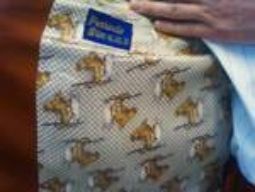
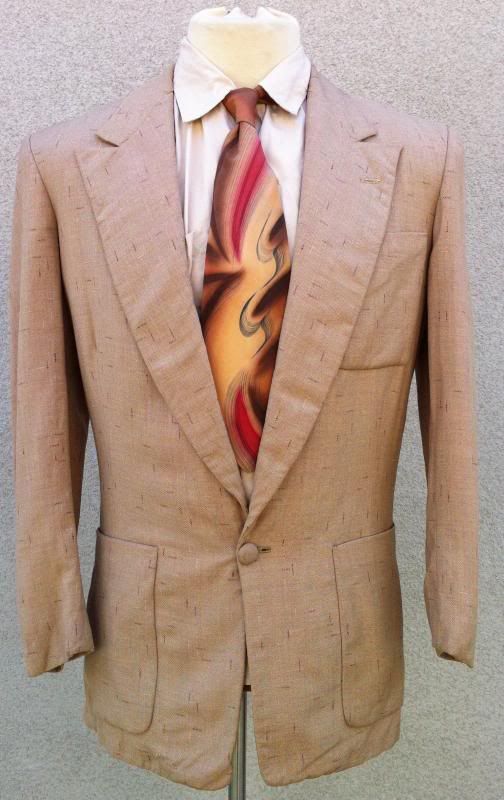
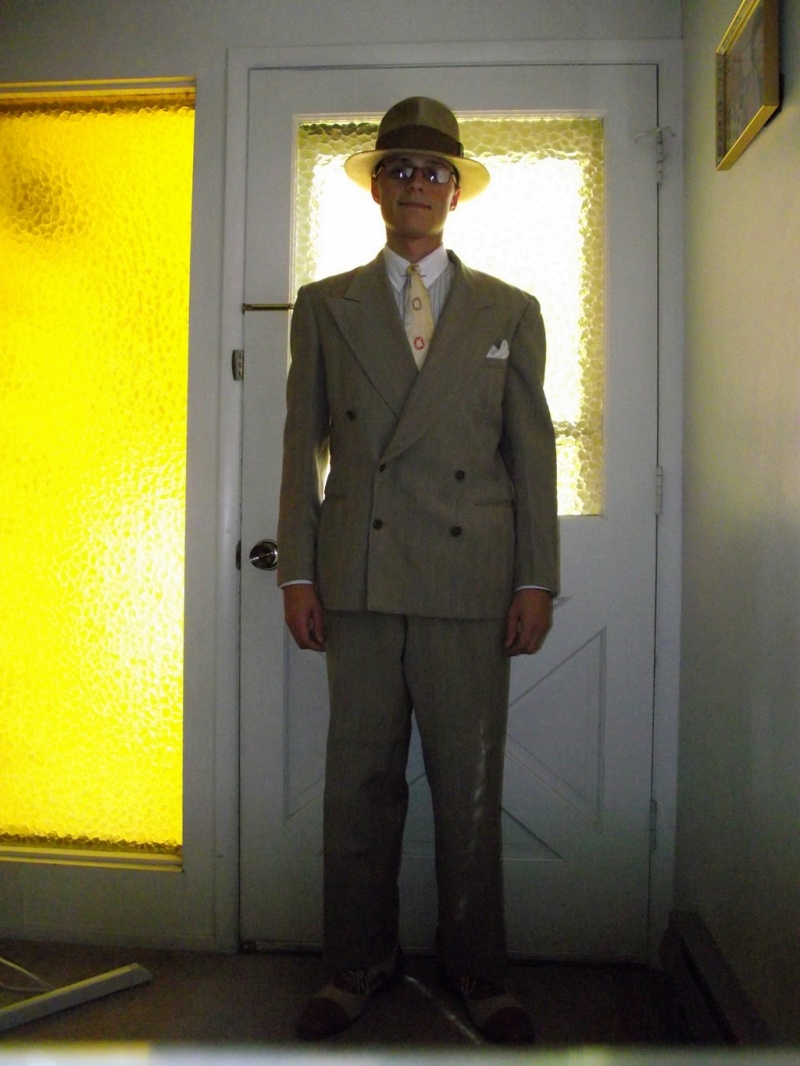
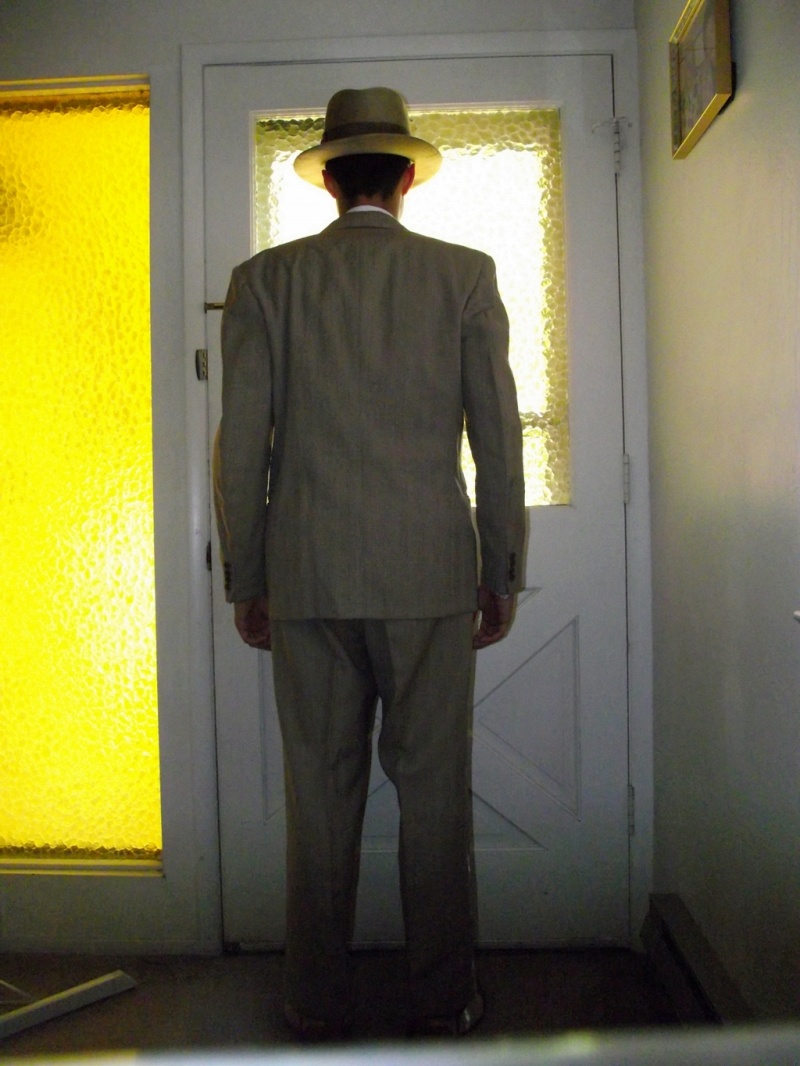
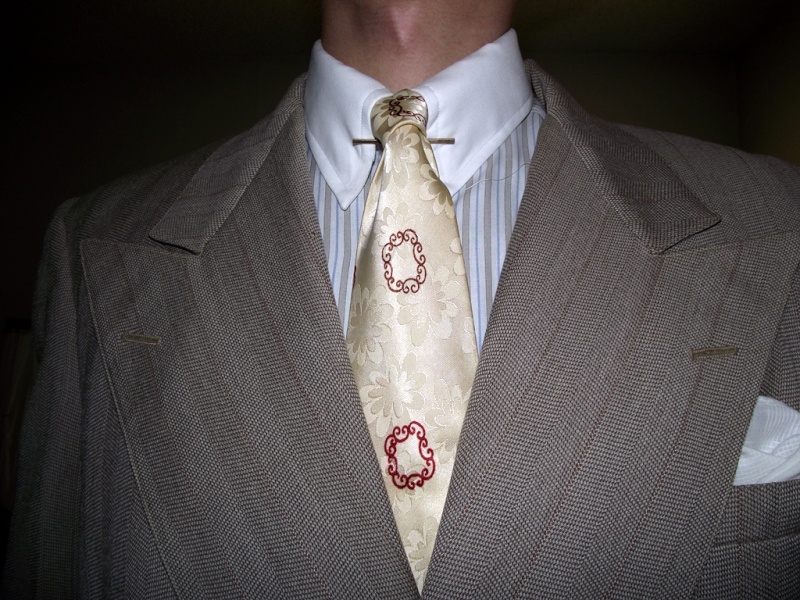
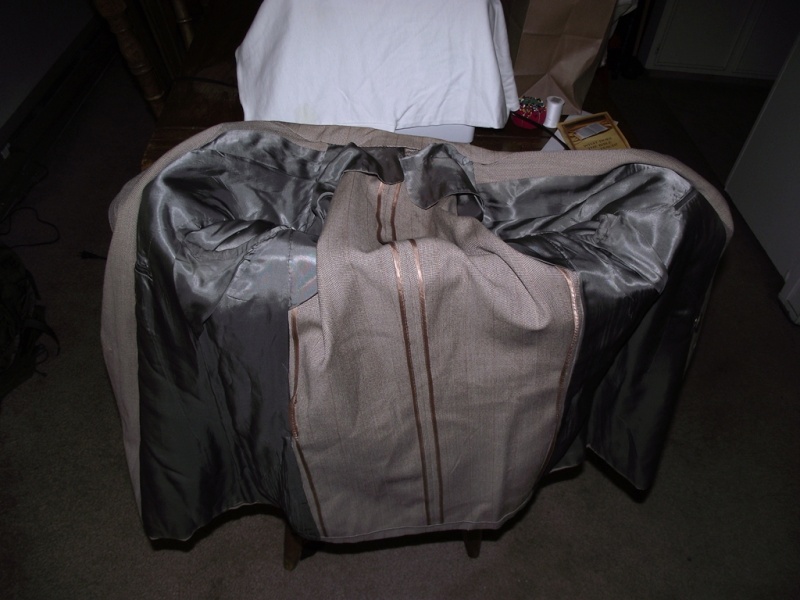
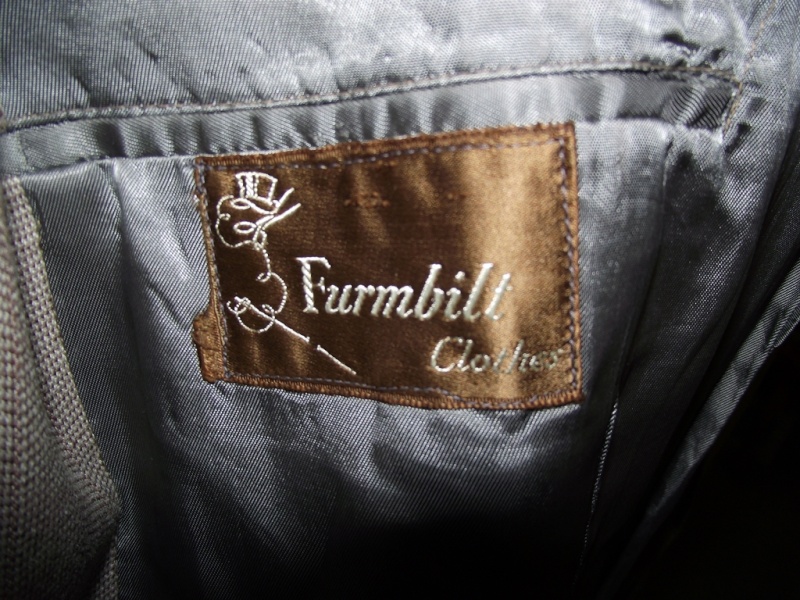
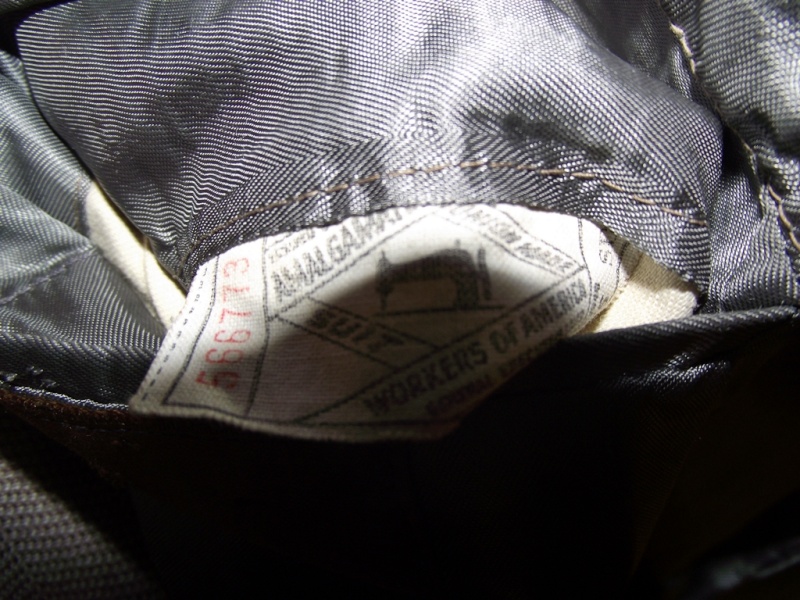
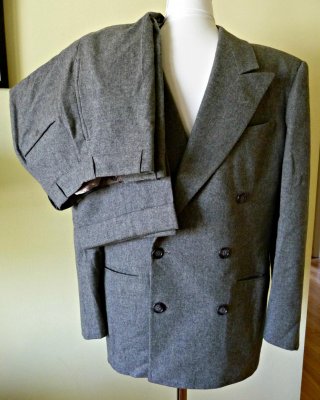
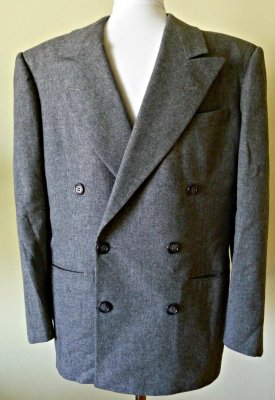
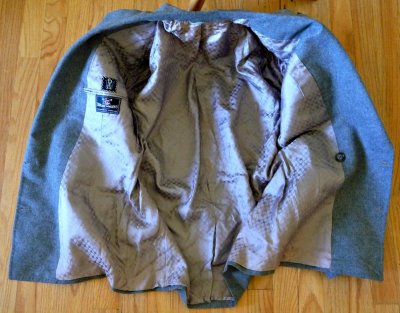
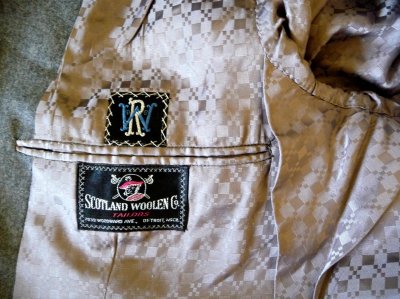
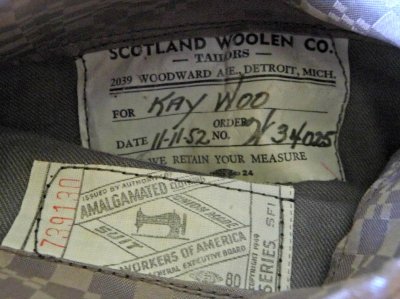
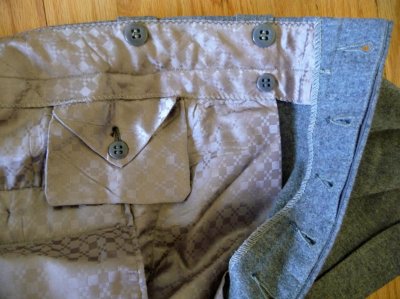
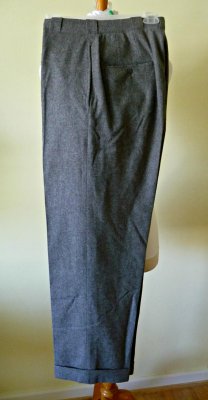
Frankly, when I picked this up, I was thinking 40s but then I found the dated name tag and the union label. 1952. I'm still learning suits... is this one still in the style of the 40s?
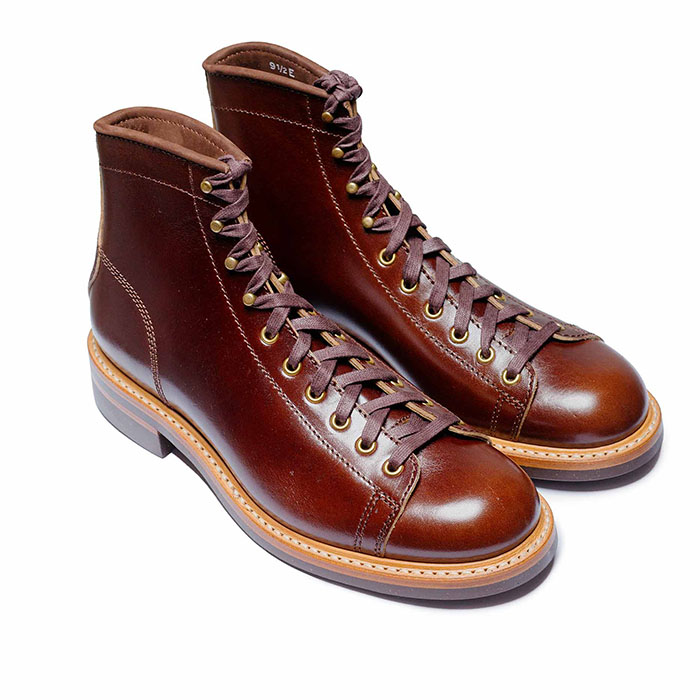 John Lofgren Monkey Boots Shinki Horsebuttt - $1,136 The classic monkey boot silhouette in an incredibly rich Shinki russet horse leather.
John Lofgren Monkey Boots Shinki Horsebuttt - $1,136 The classic monkey boot silhouette in an incredibly rich Shinki russet horse leather. 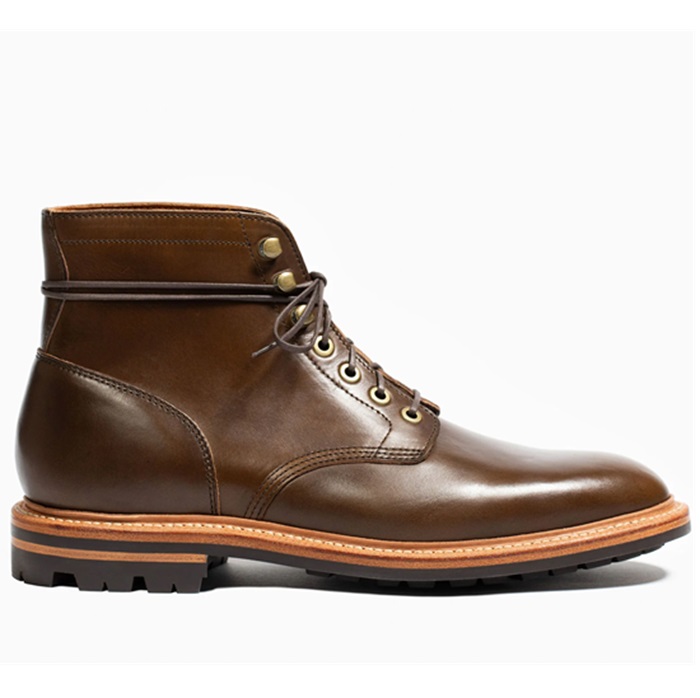 Grant Stone Diesel Boot Dark Olive Chromexcel - $395 Goodyear welted, Horween Chromexcel, classic good looks.
Grant Stone Diesel Boot Dark Olive Chromexcel - $395 Goodyear welted, Horween Chromexcel, classic good looks. 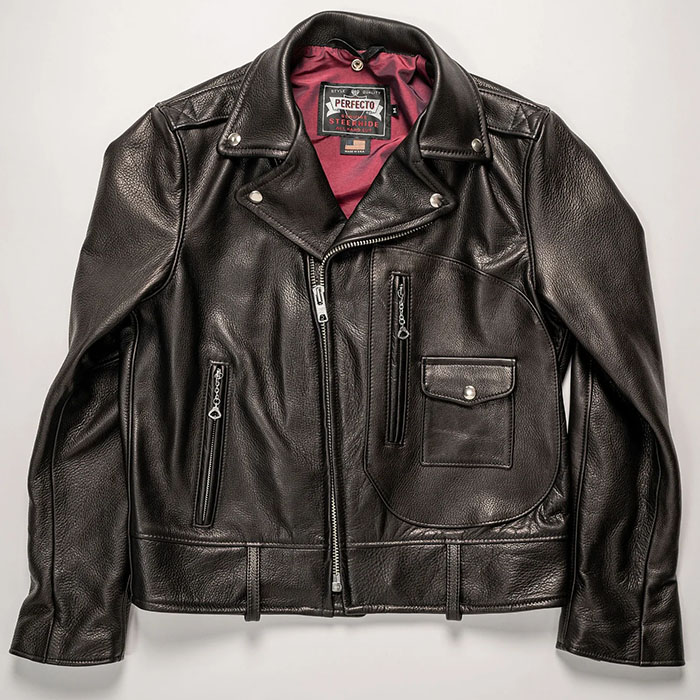 Schott 568 Vandals Jacket - $1,250 The classic Perfecto motorcycle jacket, in a very special limited-edition Schott double rider style.
Schott 568 Vandals Jacket - $1,250 The classic Perfecto motorcycle jacket, in a very special limited-edition Schott double rider style. The button stance is extremely low and the shoulders look like they're quite built up. Also, it looks like there is very little waist supression. These features put together as well as the button stance all by itself give the suit a late 40s/ early 50s look.
Thanks! Yes, the shoulders are very well padded. So is this suit in the capital "T", rather than hourglass, style? (I'm trying to develop an eye for varying silhouettes.)